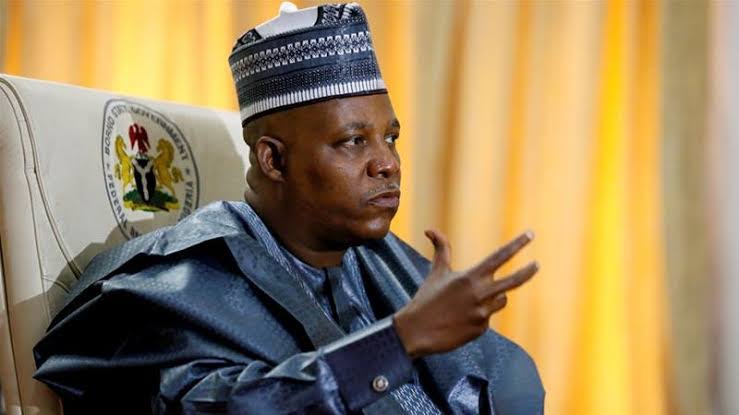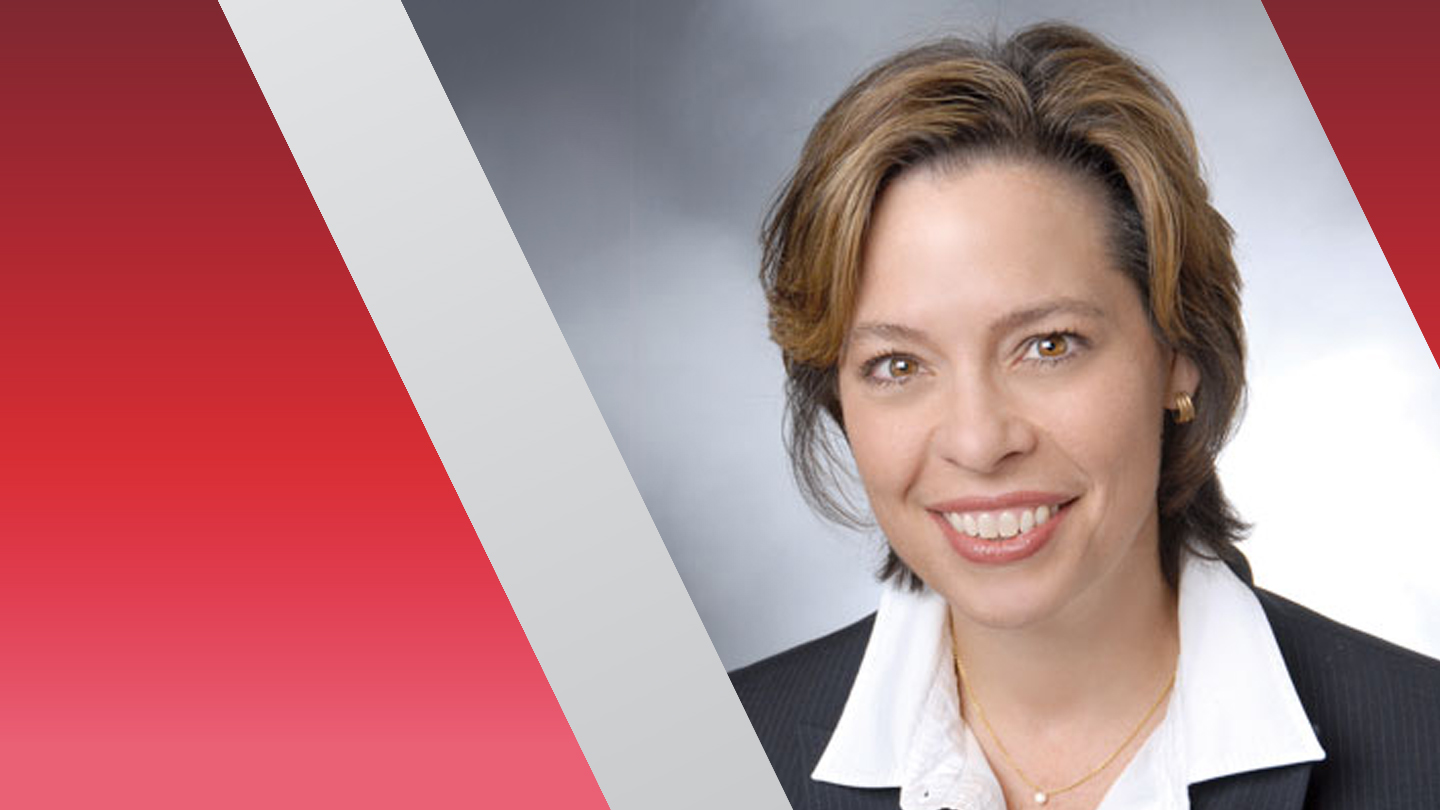SNF medical directors cautiously optimistic about fed plans to examine their work
The Office of Inspector General has announced it will take a magnifying glass to how nursing homes employ and pay medical directors, as well as keep track of the work performed.
The added scrutiny — and attempts to ensure greater transparency — is something post-acute care physicians say they welcome, as long as the presentation of findings is done appropriately.
“We have long believed that transparency around the medical director role is very important and that’s why we have fought hard and introduced legislation to have the name and credentials of the medical director easily available for the public,” said Alex Bardakh, senior director of advocacy and strategic partnerships at PALTmed in an interview Tuesday. “[The Centers for Medicare & Medicaid Services] agreed with us and started collecting that information, but unfortunately the way they are presenting it at this point is not very useful. We are hoping CMS takes steps to make it far more user friendly.”
The announced Health and Human Services OIG effort is an outgrowth of previous studies that revealed as many as 36% of US nursing homes didn’t report having any medical director hours. Nursing homes are required to report hours worked by medical directors to the CMS Payroll-Based Journal system.
Bardakh, however, pointed out that the PBJ system was originally designed to account for direct care worker hours. There are many reasons — including unawareness of the rules, lack of administrative follow-through and things like quarterly billing by independent contractors — why physician hours may be undercounted, pointed out Rajeev Kumar, MD, CMD, FACP, PALTmed’s immediate past president.
But he sees the OIG study, which is scheduled to be completed in 2026, as a potentially good thing.
“We need to hold everybody accountable,” Kumar said. “The medical director role is crucial to ensuring quality care in facilities.”
The trick will be how to factor in the many different ways physicians are engaged by facilities and spend their time in, or working for, a provider. A medical director is typically compensated for non-Medicare-reimbursed administrative work, which could take place on-site or off-site, a system that is often misunderstood, Kumar pointed out.
By federal definition, SNF medical directors oversee the implementation of patient care policies, coordination of medical care, and participation in quality assessment and assurance activities.
In adding the medical director study to its work plan, the OIG acknowledged that current PBJ data accuracy and usefulness may have “limitations.” The stated goals of the investigation are to assess:
Two years ago, a CMS home health rule mandated the tracking of medical director hours, Bardakh pointed out, so groundwork has been laid. That should help allay operator concerns about additional administrative work stemming from the OIG study, he said.
Ultimately, he hopes the public-facing Care Compare website will list each facility’s medical director, and have that information hotlinked to the feds’ Physician Compare website, which is already built out with many details.
“You have to hope that it goes to where you want it to go,” Bardakh said after learning about OIG’s expanded work plans Tuesday. “There’s so little known about this role by external stakeholders by the public, policy makers and others. So we hope it elevates this role. It’s very important, yet kind of hidden. Highlighting it in the right way will ensure there’s demand for qualified medical directors who are well-trained. That can make a big difference — we really saw that during the pandemic.”










